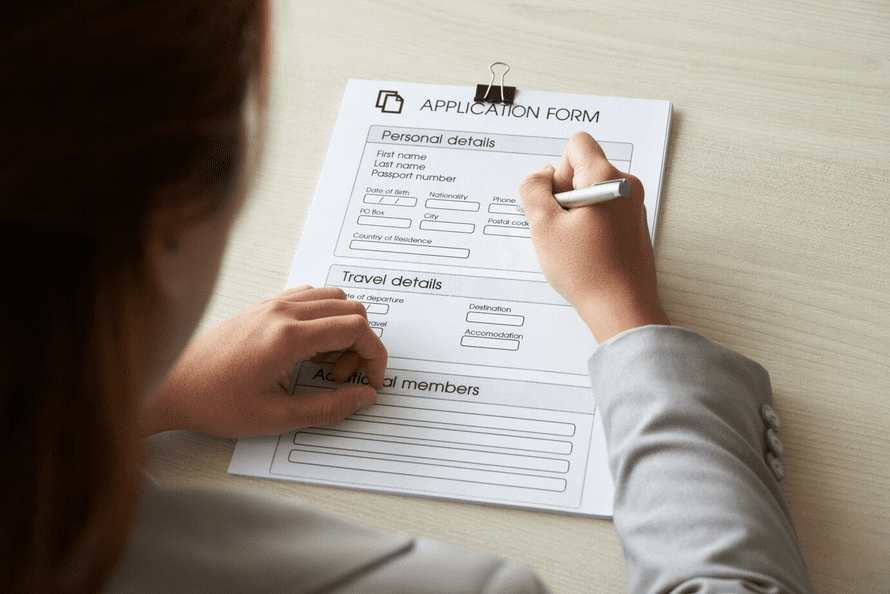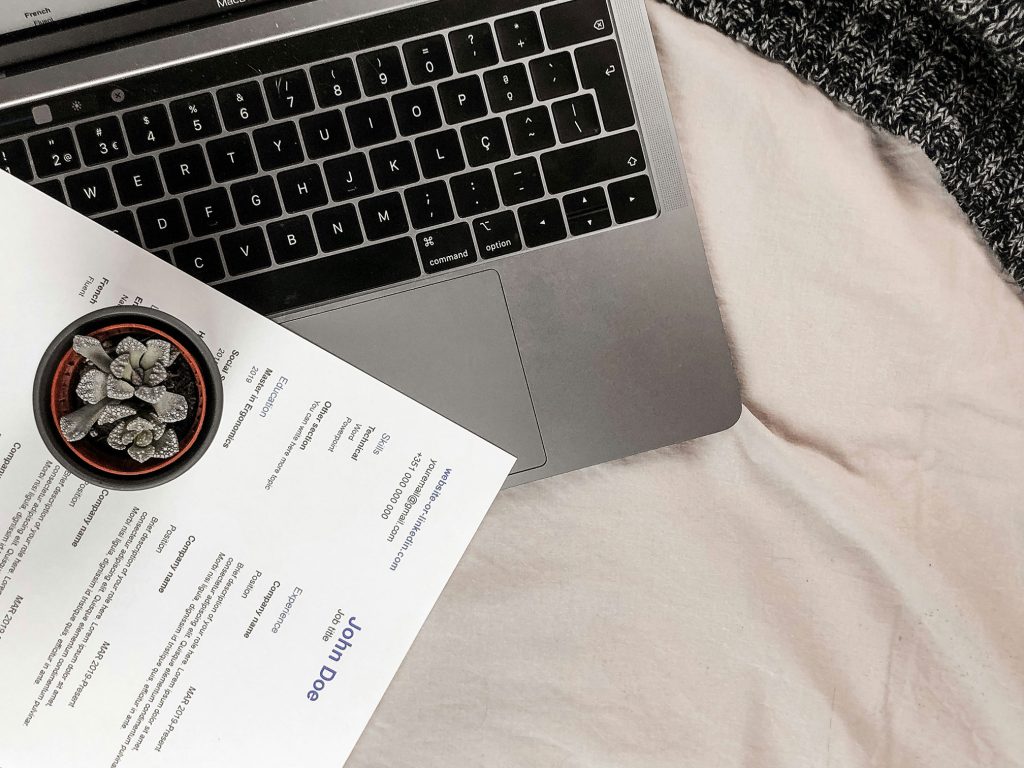
Every recruiter worth their salt will tell you that sending the same resume to every job application without tailoring it to that specific position isn’t going to land you a job easily. Just like that, you can’t always use a single resume to apply for a job in another country. You should adapt your CV/resume to a multilingual job market and learn how to list bilingual on resume.
For instance, Japan recently announced that it would face a shortfall of about 970,000 workers by 2040. Imagine immigrating to Japan and finding employment at a local company. For that, you will get in touch with reputable CV translation services to make your CV compatible with the format a Japanese employer follows. It’ll make you shine among a long list of job applicants.
Similarly, many French job seekers come to London for better employment prospects. They require apt CV translation French to English to impress their would-be British employers. In these cases, working with a NAATI-approved translator ensures that your resume meets the necessary standards and increases your chances of success. This blog will discuss how to adapt your resume for the international job market, so you find employment in any country you want. The trick is to translate and localize your resume for that particular nation.

How to Create a Bilingual Resume?
A study published in 2022 revealed that only 7% of all international graduates found work in the UK. You may wonder why foreign job seekers fail to land a job in today’s multilingual job market. That’s because they don’t tailor their resumes to that particular job position and – most importantly – fail to create one bilingual resume. Let’s start by understanding how a CV differs from a resume.
CVs vs. Resumes
- CV: It takes at least 2 pages containing detailed information about your education, employment history, academic achievements, etc.*
- Resume: It is a concise summary of your career containing the skills and achievements relevant to that particular job position that you’re after.*
*We’ll use the terms “CV” and “resume” interchangeably here and treat them as the same for the sake of your convenience
The Structure of a Bilingual Resume
Now, if you’re what a bilingual resume entails, it isn’t simply about how to list bilingual on resume. It is a misconception that you can simply say that you speak two or three languages in the skills section. An employer would actually expect to have your resume in two languages if it’s a bilingual one. Let’s discuss the structure of your bilingual resume so you can better understand how it works:
- Title (document title and job title)
- Your contact info and personal info
- A summary of your objectives and career
- A detail of your work history (keep it quantifiable)
- Your education history and the courses you’ve completed
- Your internships, skills (soft and technical), and other accomplishments
- The languages you’re proficient in and the proficiency grade that you’ve achieved
If you want to create a bilingual CV, get in touch with reliable online translation services to get your skills transcribed in another language. In the next section, we’ll share with you some tips on applying for jobs in a different country with a translated resume.

8 CV Translation Tips for International Jobs
Statistics from November 2023 show that around 5.4 million Americans were residing abroad. Also, lots of US citizens are working abroad; interestingly, the rate of foreign employers hiring US job seekers rose by an impressive 62% last year. That’s because these workers translated their CVs properly. You can land a decent job abroad as well by following these resume translation tips:
- Contact CV Translation Services
Let’s start with the most important tip, i.e., hiring experienced business license translation services with ample expertise in modifying resumes for multinational job seekers. These guys know how to make your resume look different from other people’s CVs in front of an international hiring panel. Also, don’t use a tool like Google Translate to try adapting your resume for a multilingual job market.
- Indicate Language Proficiency Levels
Specify your proficiency level in the target country’s language. Most folks use terms like “fluent,” “basic,” “conversational,” or “native speaker” to showcase their linguistic capabilities. But you can also mention the grade that you’ve achieved in that language. For German, you can use these grades:
- A1: Beginner
- A2: Elementary
- B1: Intermediate
- B2: Independent
- C1: Advanced

- Look into Local Expectations
Different countries have varying expectations when it comes to resume formatting and the content that goes in them. For instance, adding your picture isn’t recommended in the US and the UK. Some states in the EU, however, are okay with you even adding your marital status and number of kids in a CV.
- Create a Bilingual Format
A bilingual resume should always have a side-by-side format, so your would-be employer can easily read it in two languages. They would expect one language to be displayed next to the other one. You can showcase your linguistic proficiency this way without ruining the clarity/format of the CV.
- Highlight Skills and Experiences
Moreover, you should include relevant experiences that involve using your language skills, such as doing customer service roles or projects with international teams. That’s how you can demonstrate a practical application of your bilingual skills. Don’t forget to include technical language skills in your resume, too. For instance, skills like communication and adaptability go a long way in multilingual environments.

- Quantify Your Achievements
Always use quantifiable metrics to demonstrate your accomplishments, even in translated CVs. You can set yourself apart from the competition very easily this way. For instance, don’t just say that you improved a company’s sales; instead, mention something like increasing sales by 10% within 3 months. It will help a foreign recruiter better assess your employability and success rate.
- Include Relevant Keywords
Since most companies around the world are using ATS, make your translated resume easier to scan. For that, your translated CV must contain the relevant keywords taken from the job description itself. That’s why you should share the details about the hiring company and the job description with the agency that is translating your resume.
- Stay Culturally Sensitive
Lastly, you should stay culturally sensitive in your communication styles. Keep professional forms in mind when translating your resume. Research the business etiquette of the country in question to keep your CV culturally appropriate (e.g., don’t address your cover letter as sir/madam in all cases).
Lastly, you should customize your resume for each job that you’re applying for; in other words, you must get your resume translated for another job from scratch.

Conclusion
The crux of the matter is the employment sector isn’t without challenges. A report shows that the ATS a lot of American employers use is “broken” since it often rejects viable candidates for irrelevant issues like having a gap in their work history. An ATS used in different countries might have different flaws.
It’s yet another reason why you should look into resume translation services and get your CV converted to a format acceptable in foreign nations. It’ll help you land your ideal job easily, and soon, you’ll kickstart a second iteration of your career overseas. Contact TranslateSwift to give your resume a boost and turn it into a version that works in today’s multilingual job market. It’s the future of job applications!
FAQs – Resume Adaptation
Wow to display your language skills on a resume?
You can share your proficiency in that particular language and share your test results. Mention language courses, and don’t hesitate to display your awards or certificates.
What makes CVs different from resumes?
CVs are more comprehensive and contain your entire career history. However, resumes are concise and contain only the most snippets about your work history.
What is an ATS-compliant resume?
In many companies, they use an applicant tracking system (ATS) to filter out irrelevant profiles. Your CV is ATS-compliant, and ATS can easily scan it.










